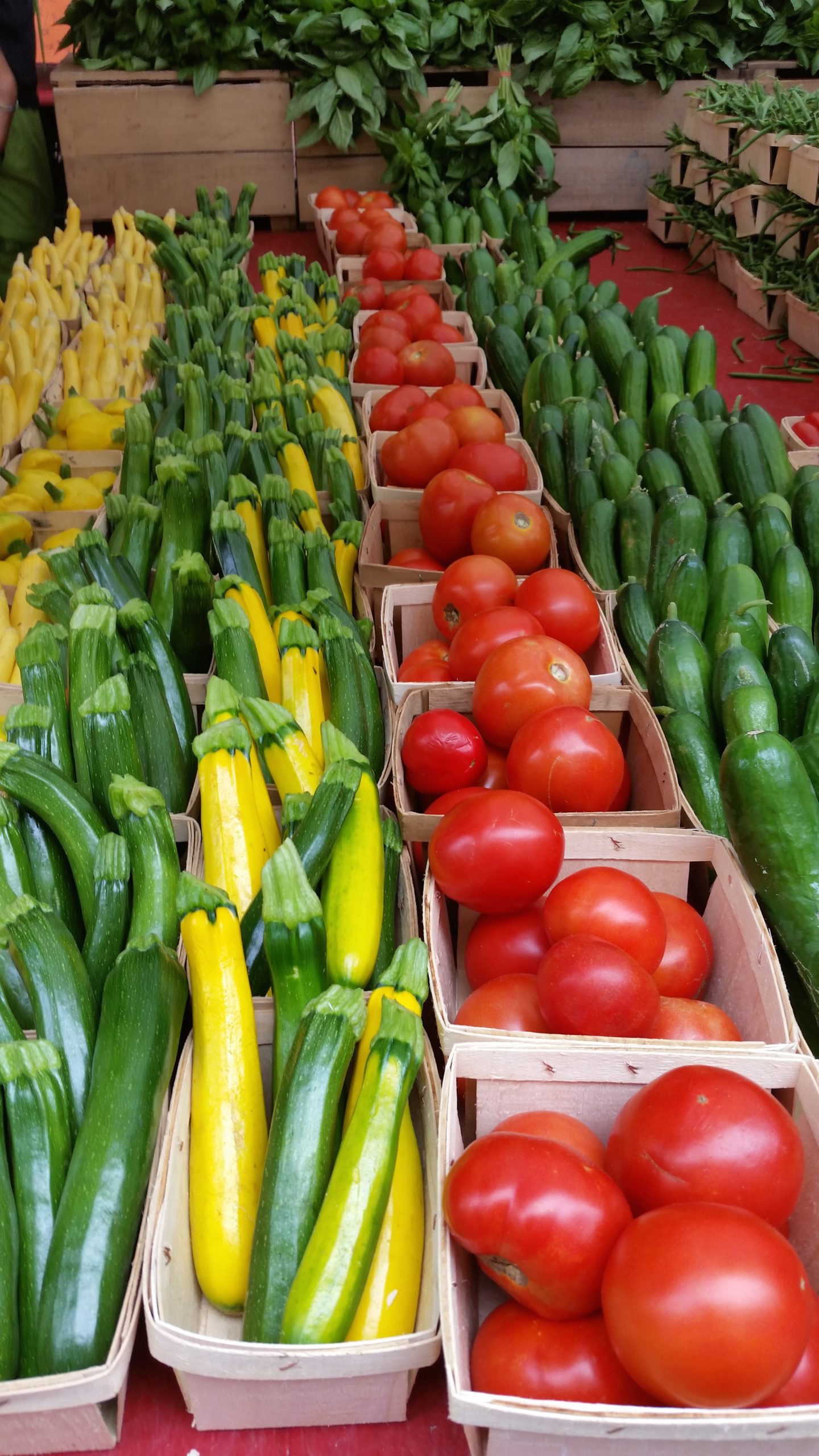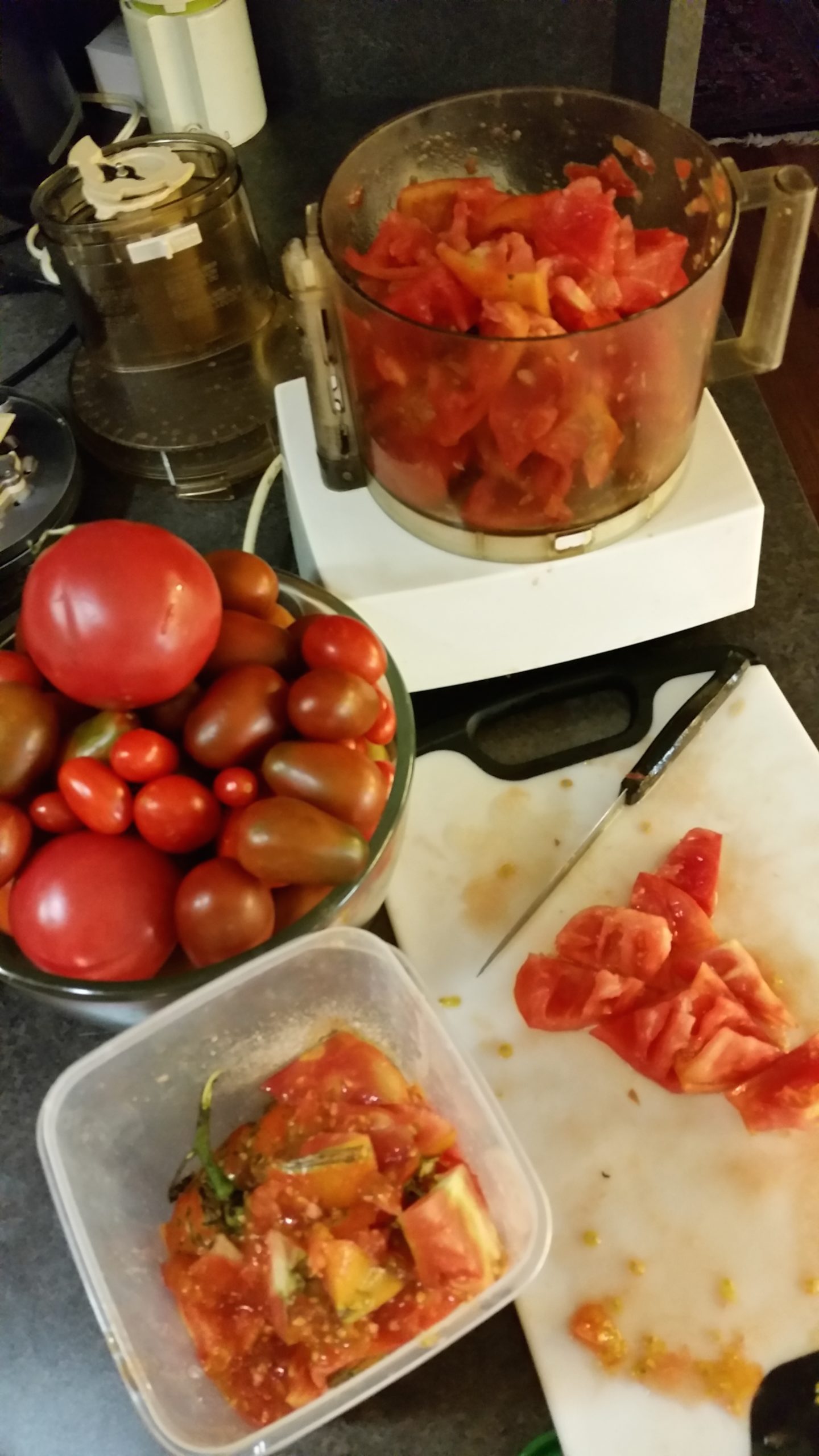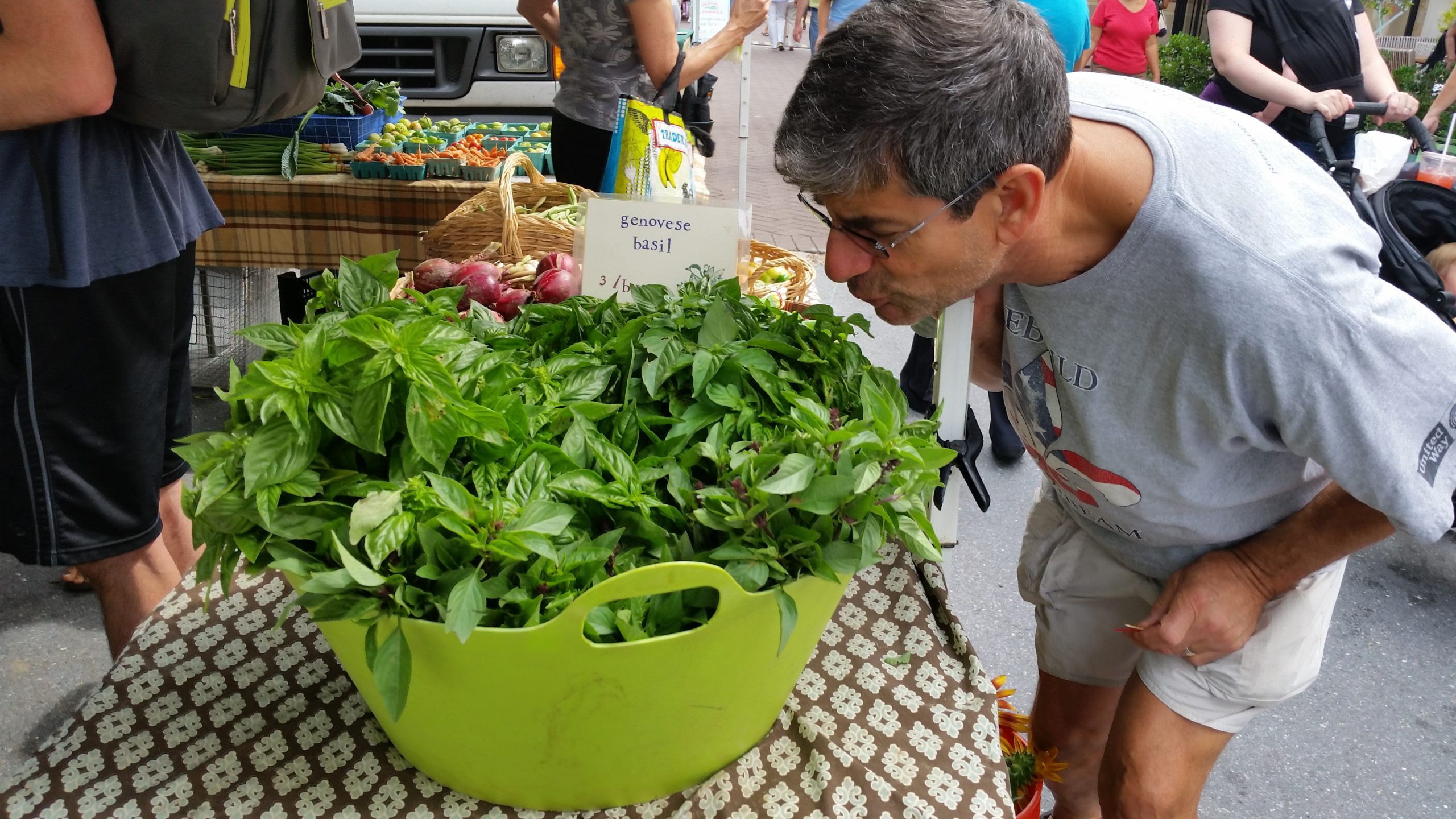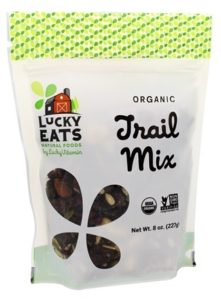Maybe you already eat organic produce. You’ve cut down on meat. You grow your own lettuce. That’s great! But what else can we do, especially when it comes to the food we buy and eat?
Danielle Nierenberg of The Food Tank suggests 13 important ways we can reduce the environmental impact of growing, processing, marketing, and disposing of our food. Take a look at the list. I hope you’ll add your own recommendations!
1) Eat more colors.
The colors of fruits and vegetables are signs of nutritional content. The American Cancer Society reports that richly colored veggies like tomatoes can help prevent cancer and heart disease. Eggs that have brightly orange-colored yolks are also high in cancer-fighting carotenoids, and are more likely to be produced by healthier chickens.

Discarded packaging makes up around one-third of all waste in industrialized countries, impacting the climate, and our air and water quality. The U.S. Environmental Protection Agency’s analysis of different packaging for tomatoes found that polyethylene terephthalate (PET) clamshell packaging increases tomatoes’ associated carbon emissions by 10 percent. What’s better? Choose foods you can buy in bulk, and bring your own bags – even to the produce aisle.
3) Choose seasonal produce.
Many farmers markets, including the New York City Greenmarkets, offer guides about which products are in season. Locally sourced, seasonal products can also be found at major grocery stores. Or sign up for a weekly CSA, which provides a mix of fresh, seasonal produce throughout the year. Other programs, such as Siren Fish Co.’s SeaSA in San Francisco, offer seasonal meats and seafood.
4) Get in touch with agriculture.
A great way to skip the crowds, save money, and get both children and adults in touch with agriculture is to book a farm-stay through World Wide Opportunities on Organic Farms (WWOOF). WWOOF runs networks in most countries around the world, offering individuals and families the opportunity to directly support small-scale family farmers. Participants spend a few days or weeks living with a host family and helping with tasks around the farm in exchange for free food and lodging.
5) Get creative in the kitchen.
Shopping at farmers markets, which often have a wide selection of less-ordinary produce such as celeriac, sunchokes, or kohlrabi, can prevent “food ruts” by helping consumers try new foods. Here are a few cookbooks I love.
6) Invest in perennial crops.
Perennial plants—which grow back every year—tend to hold water in soil more effectively than annuals and help prevent erosion. Their extensive roots also allow them to better access nutrients and water, reducing the need for artificial fertilizer. Or grow your own year-round in a hoop house. Here’s how.
7) Reclaim abandoned spaces.
As populations continue to expand, especially in cities, reclaiming unused land and buildings for food production can help meet growing demand. One new model is The Plant, a former meatpacking plant in Chicago that has been converted into an indoor vertical farm. The Plant currently runs an aquaponics farm, growing plants without soil using waste from its man-made tilapia pools. It also offers shared kitchen space for small businesses, and other services.
8) Build local and global food communities.
A great way to get involved in food and agriculture issues is with Slow Food International, an organization with more than 1,300 groups around the world called convivia. These groups support healthy, sustainable diets and traditional food cultures. Or join forces with Meatless Monday and pick a day a week to eat less meat.

Many Do-It-Yourself (DIY) food projects are easy and fun. Turning old t-shirts into produce bags to save plastic, starting seeds in eggshells, which can then be crushed for transplanting into the soil, and DIY foods such as homemade oat or almond milk and can all add a creative twist to healthy eating and sustainable agriculture.
10) Cook in batches and freeze for later.
Planning meals in advance can help reduce stress around cooking. It also helps reduce food waste, which is a big problem in industrialized countries. Preparing large amounts of food at once saves energy during cooking, while freezing helps prevent nutrient loss in fruits and vegetables. (Pictured left is what it looked like in my kitchen when I made a batch of homemade organic tomato sauce.) Tools such as the Love Food Hate Waste menu planner shopping list can help organize grocery trips.
11) Brighten your outlook.
At the recent Warwick Economics Summit in February, Warwick University Economics Professor Dr. Andrew Oswald presented his research on health and happiness, focusing on the link between happiness and consumption of fruits and vegetables. His team of researchers found that eating more fruits and vegetables directly improves a person’s mental well-being, separate from other variables such as income level and how much meat a person ate. This research is supported by a similar study from the Harvard School of Public Health, which found a link between patients’ blood-level of carotenoids, compounds commonly found in colorful fruits and vegetables, and their feelings of optimism.
12) Rotate crops.
Crop rotation is an important way to preserve soil nutrients, prevent erosion, and protect against crop diseases and pests. In the central Brazilian state of Mato Grosso, agronomists at Agro Norte have developed new varieties of rice and dry beans that are well suited to the region’s tropical climate. By incorporating rice and beans into their yearly harvests, local soybean farmers can reduce the spread of soybean rust and nematodes, two of the biggest threats to their crops. The system also improves soil quality and provides jobs at times when soy and corn are not harvested.
13) Have fun around the table.
Talking and laughing while sharing food is a uniquely human experience. The Barilla Center for Food & Nutrition considers convivial food culture one of the most critical aspects of food and agriculture, alongside health, hunger alleviation, and sustainable development. Researchers from Cornell University and the University of Minnesota agree, reporting that the noted benefits of family dinners on children’s mental health and achievement levels depend on engagement with their parents at these meals.
About Food Tank
Food Tank: The Food Think Tank (www.FoodTank.org), founded by Danielle Nierenberg and Ellen Gustafson, is a think tank focused on feeding the world better. The non-profit organization researches and highlights environmentally, socially, and economically sustainable ways to alleviate hunger, obesity and poverty, and create networks of people, organizations, and content to push for food system change.
RELATED POSTS:
Are You Ready for Earth Day? Best tips for Pets, Parties, Beauty & Your Budget


















